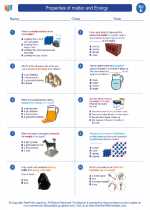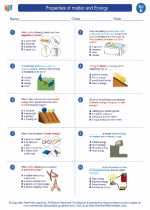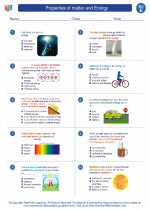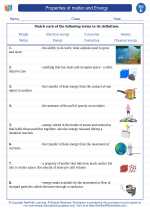Properties of matter and Energy -> moon
Moon: Exploring Earth's Natural Satellite
The moon is Earth's natural satellite, orbiting around our planet at an average distance of about 238,855 miles. It is the fifth largest moon in the solar system and is thought to have been formed about 4.5 billion years ago.
Phases of the Moon
The moon goes through different phases as it orbits around the Earth. The phases include:
- New Moon
- Waxing Crescent
- First Quarter
- Waxing Gibbous
- Full Moon
- Waning Gibbous
- Last Quarter
- Waning Crescent
Surface Features
The moon's surface is covered in impact craters, mountains, valleys, and plains. The dark areas on the moon are called maria (singular: mare), which are large basaltic plains formed by ancient volcanic eruptions.
Tides
The moon's gravitational pull on Earth causes the ocean tides. When the moon is directly overhead or on the opposite side of the Earth, the high tides, known as spring tides, occur. When the moon is at a right angle to the line between the Earth and the sun, the low tides, known as neap tides, occur.
Study Guide
- What is the average distance of the moon from Earth?
- What are the different phases of the moon?
- What are the surface features of the moon?
- How does the moon affect Earth's tides?
[Moon] Related Worksheets and Study Guides:
.◂Science Worksheets and Study Guides Fifth Grade. Properties of matter and Energy

 Worksheet/Answer key
Worksheet/Answer key
 Worksheet/Answer key
Worksheet/Answer key
 Worksheet/Answer key
Worksheet/Answer key
 Vocabulary/Answer key
Vocabulary/Answer key
 Vocabulary/Answer key
Vocabulary/Answer key
